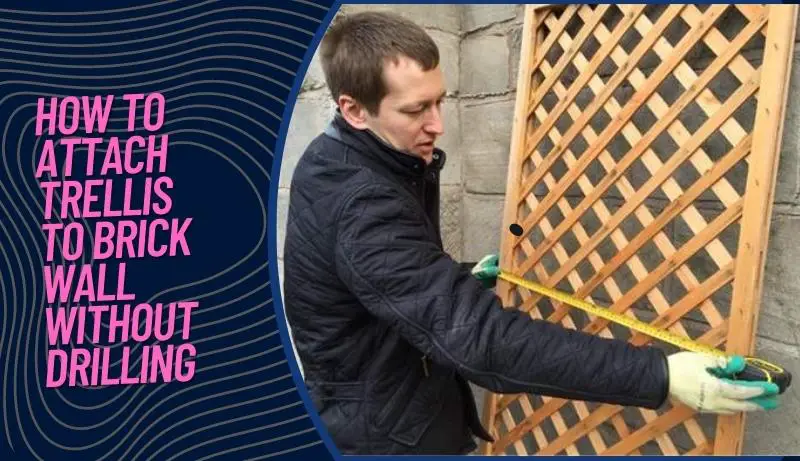Have you ever faced the challenge of attaching wood to a brick wall without drilling? Fear not, we have the perfect solutions for you! Imagine being able to securely attach your wooden decorations, shelves, or trellises without the need for drilling holes and causing damage to your brick walls. In this blog post, we will explore various methods and techniques that will allow you to achieve just that, focusing on how to attach wood to brick without drilling.
From using brick wall hooks and brick velcro to heavy-duty adhesives and DIY wire trellises, you will discover a range of options at your disposal. So let’s dive into the world of how to attach wood to brick without drilling, and transform your indoor and outdoor spaces effortlessly.
Short Summary
- Securely attach wood to brick without drilling using various methods such as brick wall hooks, detachable and adhesive-free hooks, heavy-duty adhesives or a DIY wire trellis.
- Consider weight when selecting an attachment technique and inspect periodically for maintenance.
- Painting hook provides a custom look tailored to any decor style.
Using Brick Wall Hooks for Wood Attachment
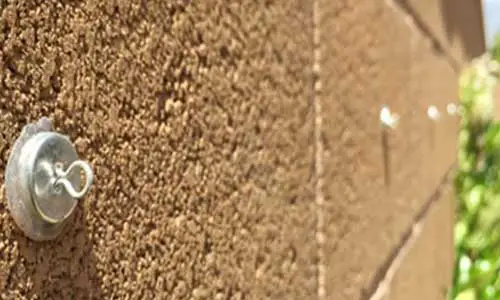
Brick wall hooks are an incredibly versatile and effective way to attach wood to brick without drilling. These hooks are detachable, adhesive-free, and capable of holding up to 25 lbs, making them perfect for various indoor and outdoor applications.
Designed to work seamlessly with most bricks, brick hooks provide a hassle-free solution for hanging wooden decorations, shelves, and more on your brick wall. Say goodbye to the days of drilling holes and damaging your precious walls.
Let’s explore the different types of brick wall hooks available and how they can benefit you.
Detachable and Adhesive-Free Hooks
One of the main advantages of utilizing detachable and adhesive-free hooks, such as a brick clip, is their ease of installation and suitability for both indoor and outdoor use. Brick clips are metal grips designed to hook over the top and bottom of the brick, making it easy to attach wood to brick without drilling. These clips are capable of supporting up to 25 lbs, ensuring that your wooden items remain securely in place.
Whether you’re looking to hang pictures, shelves, or other wooden decorations, brick clips are an ideal option. Their adaptability and user-friendliness make them a popular choice among homeowners who wish to avoid drilling holes in their brick walls.
Brick Clamps for Heavier Loads
For heavier loads, a brick clamp is your go-to option. These robust clamps can support up to 30 pounds and are suitable for both interior and exterior applications. Ideal for wooden decorations or larger items, the brick clamp provides the necessary support without compromising on aesthetics.
Additionally, they can be painted to match your decor, ensuring a seamless integration with your home’s design.
Painting Hooks to Match Decor
A fantastic aspect of brick wall hooks is their ability to be painted, allowing them to blend in effortlessly with your decor. Whether you prefer a subtle, minimalist look or a bold, eye-catching design, painting your hooks can transform your brick wall into a stunning display that complements your interior or exterior spaces.
Attaching Wood with Brick Velcro
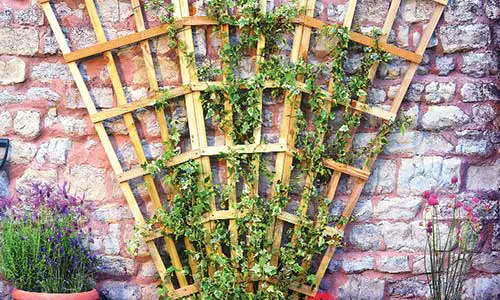
Brick velcro is another popular option for securely attaching wood to brick without drilling. This innovative solution is suitable for both indoor and outdoor use and offers numerous advantages such as easy installation and maintenance.
Brick velcro is a highly reliable option that can support up to 15 pounds, making it ideal for various applications. Let’s delve deeper into the world of brick velcro and explore its many benefits and installation process.
Advantages of Brick Velcro
The primary advantage of brick velcro lies in its ease of installation and maintenance. With its strong adhesive capabilities, brick velcro is perfect for attaching wooden items to brick walls without the need for drilling or causing damage. Simply affix the velcro to the brick wall, and then attach the wood to the velcro.
Furthermore, brick velcro is suitable for both indoor and outdoor use, providing you with versatile options for decorating your spaces. With a weight capacity of up to 15 pounds, you can confidently use brick velcro for an array of wooden items, knowing that they will remain securely in place.
Installation Process
Installing brick velcro is a straightforward process that requires minimal effort. To begin, ensure that the brick surface is clean and dry. Next, peel the tape from the fastener and securely fasten it to the brick wall.
Once the fastener is in place, attach the wood to the velcro, ensuring that it’s properly aligned and secure. It’s important to note that the adhesive will reach its maximum strength after approximately 24 hours, so be sure to allow the necessary time for the bond to form.
Longevity and Maintenance
Brick velcro is a durable and long-lasting option that requires minimal maintenance. Its strong adhesive properties ensure a secure bond that can withstand the test of time.
However, it’s always a good idea to inspect the bond periodically to ensure it remains secure and to reapply the velcro if necessary.
Temporary Wood Attachment Methods
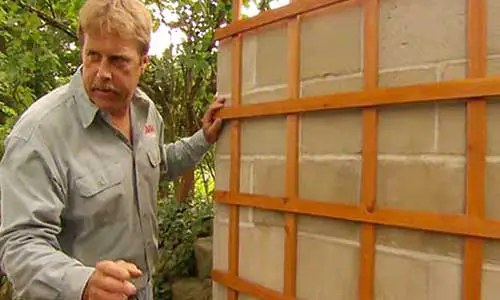
For those seeking temporary solutions for attaching wood to brick, there are several options available, such as using nails for light items and double-sided adhesive tape. While these methods are practical for short-term applications, it’s essential to consider the weight of the wood and the attachment technique used.
In this section, we will explore the temporary methods of attaching wood to brick, focusing on the use of nails and double-sided adhesive tape, and the importance of weight considerations.
Using Nails for Light Items
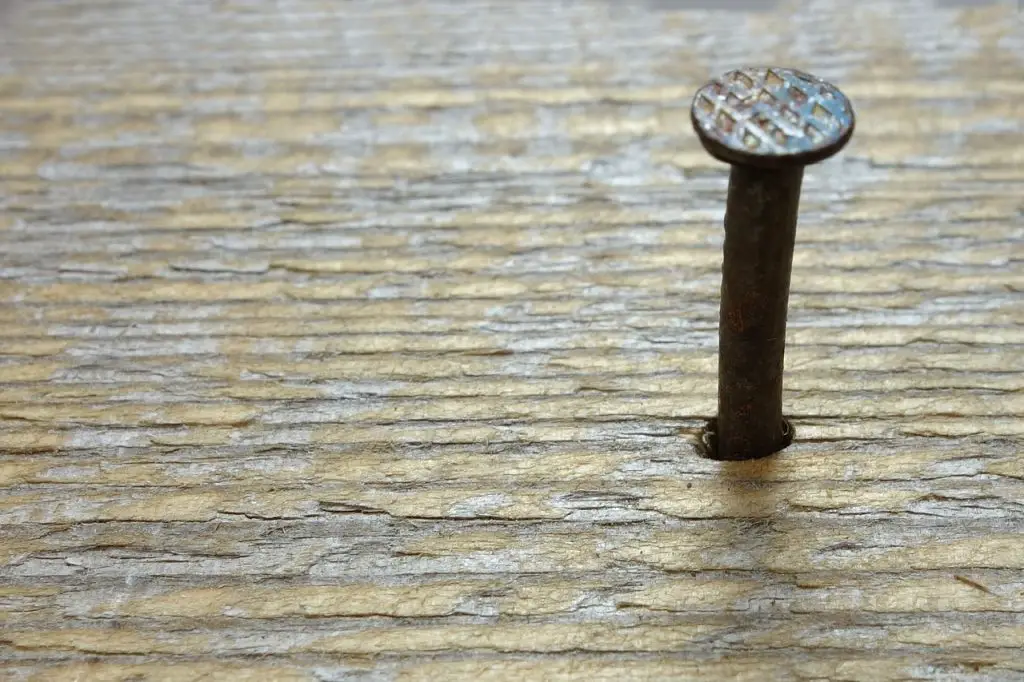
Nailing is a viable option for attaching small, lightweight wooden items to brick without drilling. To use this method, simply mark the desired placement and alignment of the wood on the brick wall, and nail the wood in place. This temporary method is perfect for small decorations or items that don’t require a secure and long-lasting attachment.
However, it’s important to note that using masonry nails to attach wood to brick will result in punctures in the brick. As such, this method may not be suitable for those looking to avoid any damage to their brick walls.
Double-sided Adhesive Tape
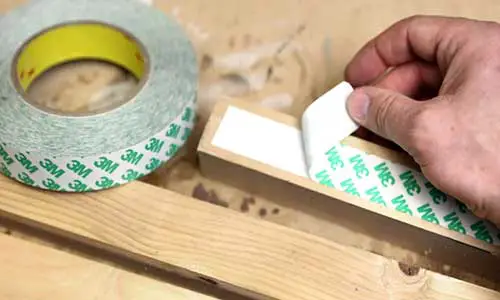
Double-sided adhesive tape is another temporary method for attaching wood to brick without drilling. This type of tape has adhesive on both sides, allowing it to adhere two surfaces together. To use double-sided adhesive tape, first clean and dry the surfaces to be bonded. Cut a sufficient amount of heavy-duty double-sided tape and adhere it to the wall using multiple pieces of tape. Position the wooden item against the wall and assess its durability.
While double-sided adhesive tape eliminates the need for drilling, it’s not a sustainable method for anything substantial, as its adhesive properties may weaken over time or under heavy loads. In comparison, mounting tape, also known as double sided sticky tape, can provide a more reliable hold for less demanding applications.
Weight Considerations
It’s essential to ensure that the temporary attachment method you choose has the capacity to support the weight of the wood being attached. Nails can be used for lightweight items, while double-sided adhesive tape may suffice for slightly heavier objects.
However, for larger or heavier wooden items, it’s advisable to opt for more secure and permanent methods such as brick wall hooks, brick velcro, or heavy-duty adhesives to ensure a safe and lasting attachment.
Heavy-Duty Adhesives for Wood Installation
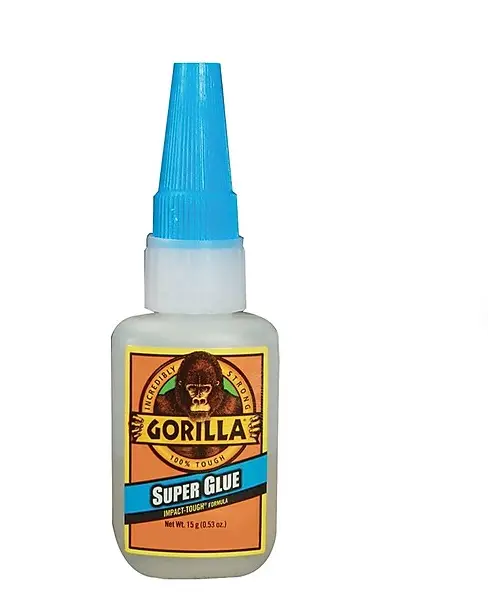
For more substantial wood installations, heavy-duty adhesives like Gorilla Glue and Liquid Nails are highly recommended. These adhesives can easily fill gaps and crevices, providing a secure bond between the wood and brick surfaces. They are perfect for attaching wood to brick walls when drilling is not an option or when a more robust attachment is required.
Let’s take a closer look at Gorilla Glue and Liquid Nails, and explore their benefits and application processes.
Gorilla Glue
Gorilla Glue is a polyurethane adhesive renowned for its strength and waterproof qualities. Capable of bonding a wide variety of surfaces, such as wood, brick, metal, and more, Gorilla Glue offers a powerful solution for attaching wood to brick without drilling.
However, it’s essential to keep in mind that Gorilla Glue has a longer drying time compared to superglue and may require clamping during the hardening process. For optimal results, clean and dry the surfaces to be bonded before applying a thin layer of Gorilla Glue.
After application, clamp the surfaces together and allow them to dry for a minimum of 24 hours.
Liquid Nails

Liquid Nails is a construction adhesive specifically designed to bond wood, drywall, and other materials. Known for its strong adhesive properties, Liquid Nails offers a lasting bond that is perfect for attaching wood to brick without drilling.
To install Liquid Nails, first clean the surfaces to be bonded and ensure they are dry. Apply a thin layer of liquid nails to both surfaces, and then press them together. Allow the adhesive to dry for 24 hours before using the bonded surfaces.
Remember to inspect the bond regularly to ensure it remains secure, and reapply if necessary.
DIY Wire Trellis for Wood Decorations
A DIY wire trellis is an effective and visually appealing way to attach wood decorations to brick walls without drilling. This decorative structure, constructed from wire, can be affixed to a brick wall, adding an interesting aesthetic to the wall or forming a trellis for plants.
In this section, we will explore the process of creating a DIY wire trellis, from gathering the materials to creating a diamond pattern and attaching it to the brick.
Materials Needed
To construct a DIY wire trellis, you will need wire mesh, zip ties, and eye screws. Additional tools such as wire cutters and pliers may also be required.
With these materials in hand, you can proceed with creating the diamond pattern and attaching the trellis to the brick wall.
Creating a Diamond Pattern
To create a diamond pattern with the wire mesh, cut the mesh into diamond shapes and securely attach it to the brick wall using zip ties and eye screws. This pattern not only adds visual interest to your wall, but also provides a sturdy structure for attaching wood decorations or supporting plants.
Attaching the Trellis to Brick
Once the diamond pattern is complete, secure the wire mesh to the brick wall using zip ties and eye screws. This method ensures a strong attachment without the need for drilling holes in your brick wall.
After the trellis is securely in place, you can attach your wood decorations or plants to the trellis using glue or other suitable attachment methods.
Good Luck!
Attaching wood to brick without drilling is not only possible but can be achieved through various methods that cater to different needs and preferences. From brick wall hooks and brick velcro to heavy-duty adhesives and DIY wire trellises, these options provide secure and visually appealing solutions that minimize damage to your brick walls.
It’s essential to consider the weight of the wood and the attachment technique when choosing the most suitable method for your needs. Temporary solutions like nails and double-sided adhesive tape may suffice for lightweight items, while heavy-duty adhesives and brick clamps are ideal for more substantial installations.
So, whether you’re looking to decorate your indoor or outdoor spaces, these methods of attaching wood to brick without drilling offer versatile and practical solutions that will transform your home effortlessly. Embrace the world of damage-free attachments and unleash your creativity with these innovative techniques.
Frequently Asked Questions
How do you stick something to brick without drilling?
For those looking to hang something on a brick wall without drilling, brick clips or brick hangers offer an effective solution. Products like Brick Clips by Tuopu (10 for $14.99 on Amazon) and OOK Brick Hangers (two for $2.48 at Home Depot) are great options to consider. With these products, it’s easy to securely and safely display pictures, mirrors, and other objects on any brick wall.
What is the best adhesive for wood to brick?
For a strong and lasting bond between wood and brick, using the right adhesive is essential. CT1 offers the best solution for this application as it is uniquely formulated to provide a powerful grip, waterproofing and flexibility that other glues can’t match. With its TRIBRID® technology. Technology, CT1 is the perfect adhesive for bonding wood to brick.
Will command strips stick to brick?
Unfortunately, CommandTM is not available. Products will not adhere well to brick surfaces. Since brick walls have an uneven surface and texture, it is unlikely that the strips would provide a strong hold.
How do you attach something to brick without drilling?
Attaching something to brick without drilling can be done with the use of brick clips or brick hangers. These devices are readily available online and at most hardware stores, making it an easy and effective way to hang items on brick walls. No drilling is required, and the clips or hangers can be easily removed when needed. They are also relatively inexpensive, making them a great option for anyone looking for a quick and easy way
Can you screw directly into brick?
No, you should not directly screw into brick as it will likely cause the brick to crack and damage your wall.
Instead, you should use a plastic or metal masonry anchor with an appropriate size drill bit to safely hang items on your brick wall.

David, the founder of The Garden Fixer, started with a passion for gardening in 2012. He has continued his passion for gardening and desire to improve his skills and wanted to share his journey and helpful knowledge with other like-minded individuals.
He launched The Garden Fixer as an outlet for those interested in learning more about Gardening in hopes they can take what they learn and apply it for themselves!
